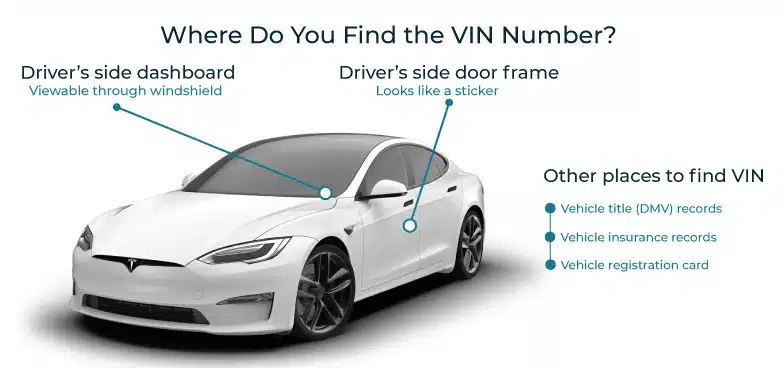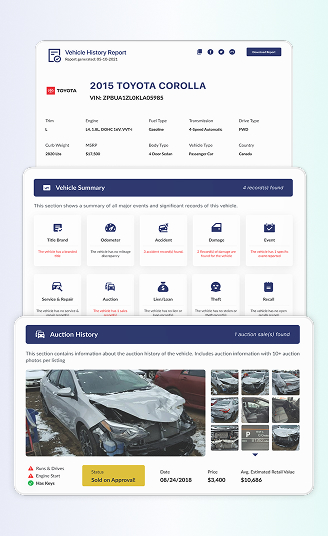
Bricklin Recall Check
A recall check before buying a used Bricklin helps you identify potential safety issues and mechanical problems that could be costly or dangerous. Bricklin recall lookup protects your safety, safeguards your investment, and ensures the vehicle is safe, reliable, and ready for the road. Don’t risk it! Check recalls in seconds.
What is a Bricklin Recall by VIN?
A Bricklin recall by VIN refers to the process of checking the Vehicle Identification Number (VIN) of a Bricklin to see if it is affected by any open safety recalls. A Bricklin recall is issued when a manufacturer or NHTSA (National Highway Traffic Safety Administration) determines that a vehicle, equipment, car seat, or tire creates an unreasonable safety risk or fails to meet minimum safety standards.
Why You Should Check the Bricklin Recall History With Detailed Vehicle History?
Before you put money down on a Bricklin, checking the VIN and securing the recall report is important to address safety concerns and maintain the vehicle’s value.
Dodge Bricklin Safety Risk
Recall history matters deeply for classic Bricklins (especially since their original manufacturer no longer exists). Defect in original components, such as door malfunctions or panel adhesion defects. Exploring a vehicle’s recall background shows whether defects were corrected, helping protect passengers while supporting the car’s reliability and long-term appeal.
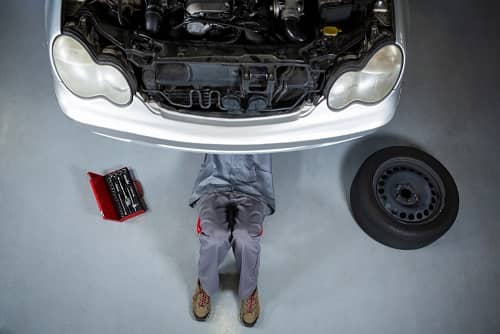
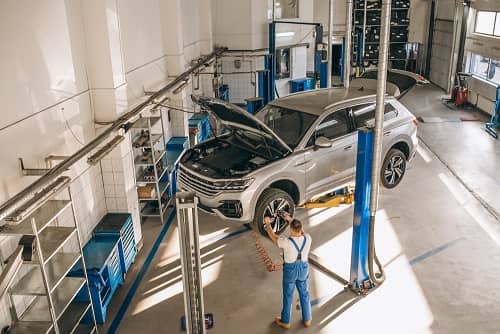
Compliance
In the absence of an active manufacturer, Bricklin owners face unique compliance challenges. Many regions now have stricter requirements for emissions, lighting, and structural safety than when these cars were built.
Recalls tied to compliance can bridge the gap between classic engineering and today’s standards, and make them more roadworthy under current laws. It not only prevents legal restrictions but also helps preserve the collectible value of rare models, ensuring they can be enjoyed on the road without compromising authenticity or historical significance.
Inspect typical Bricklin safety faults
Bricklins, the icons of the 1970s due to their distinctive design and innovative safety features, despite their short production run and eventual failure. While innovative, they came with safety quirks. Heavy gull-wing doors prone to hydraulic failure, adhesive-bonded body panels that could loosen, and electrical gremlins affecting lights and gauges. Recall checks expose outstanding issues, helping safeguard drivers and maintain the rare appeal of classic Bricklin.

How to Run Bricklin Recalls?
Get the Bricklin recalls report in under a minute by following these simple steps below.

Locate Your Bricklin VIN
You'll need your Vehicle Identification Number (VIN) handy. You can find Bricklin VIN on the driver's door data plate, the dash data plate, and the frame number. Our lookup service works on classic Bricklin.


Enter your details
Click on the form above, then fill it out with the information or your VIN. Then, click on the button to begin the process. Don't have the VIN? You can use your license plate number instead.


Receive Your Bricklin Recall Report
Wait for a few seconds for the Bricklin recalls report to be generated. Once it's finished, you can get the report on the recalls.
What is on the Bricklin Recall Check?
Find out if your Bricklin has a Recall History. The Vehicle History Report shows complete recall information plus specific data about each issue. Here is some specific information about the recall reports:
- Date of recalls: Showing when the recall was issued. This helps you quickly scan the urgency and understand the recent recall of the Bricklin, making it easier to organize the repairs.
- Component that involved: Knowing which part caused the defect helps classic car owners better understand their Bricklin’s engineering and heritage.
- Consequences: Here you’ll see the dangers tied to the recall. This helps buyers to know the safety threat of the vehicle.
- Action of the affected Bricklin: An active recall on a classic Bricklin means the defect remains unresolved, with no factory repair available. Owners must take responsibility by inspecting and addressing the issue themselves or through a trusted specialist.
Getting vehicle history reports will make you not only see official recall descriptions, but also other important information, like the past owners, title check, lien/loan records, and more. Take a quick look at the records below:

Past Owners
See the detailed ownership dates to assess the vehicle’s turnover rate, providing clarity on its history and impact on long-term reliability and value.
Title Check
Verifying the ownership and history of the Bricklin by examining the vehicle title records. Ensure it does not have a Rebuilt or rebuildable brand or another bad title
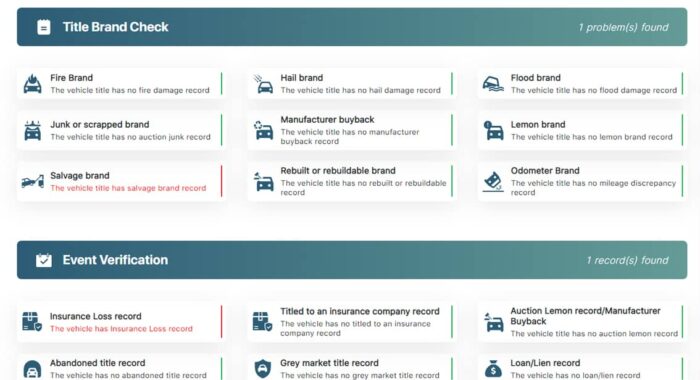
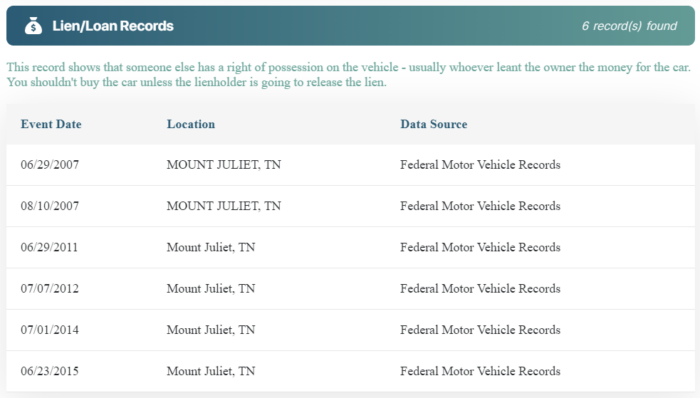
Lien/Loan
Know if any finance company still holds tight to the car, protecting yourself from purchasing a vehicle you won’t truly own
Mileage Records
Detailed mileage records, combined with fuel, maintenance, and depreciation logs, protect your ability to claim every legitimate expense during tax season.

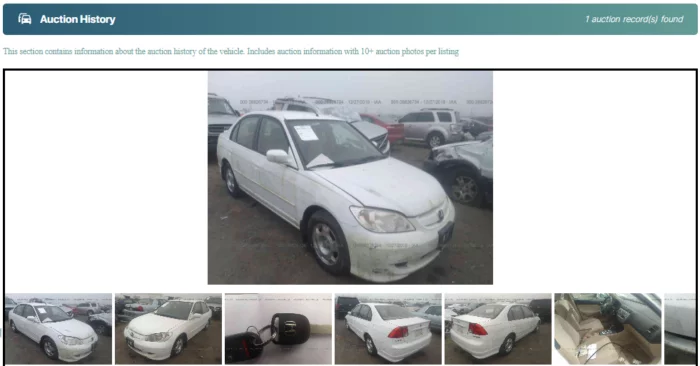
Auction History
See the vehicle participation in auction, details about its sale or non-sale, auction prices, and even 10+ auction photos per listing (If available). Get the vehicle history report to help you assess the vehicle’s market value.
Theft Records
If a Bricklin was ever reported stolen (and recovered), it should appear here. Theft history can affect title status, insurance, and buyer confidence. For classics like Bricklin, due to being collectible, Bricklin can get targeted. This section can be surprisingly important.

Classic Bricklin Issues Leading to the Recall
Bricklin vehicles have faced several issues. From their design and quality-control problems: braking defects, fuel leaks, and hydraulic door failures topped the list. With the manufacturer long gone, these known problem areas remain critical for current owners to be aware of, especially in preserving both safety and the car’s collectible status.
NHTSA’s public VIN lookup does not show safety-recall info that’s more than 15 years old, unless a manufacturer extends coverage. That’s why older, discontinued brands require cross-checking model-year recall records.
Below are the reported causes leading to Bricklin’s recall.
Critical Issues
Rear wheels may not seat properly
- Models/Years: 1975 Bricklin SV-1
- NHTSA Campaign: 75V155000
- Issued/Reported: August 13, 1975
- Estimated Affected: ~965 vehicles
- Defect/Risk: Rear wheels might not seat correctly; lug nuts can loosen under normal driving, and a wheel can separate, loss of control and crash risk.
- Remedy (period): Inspect and replace bolts with the proper type; verify correct seating and torque.
- Owner notices: Mailed in 1975; exact mail date not listed in the public summaries.
- What to do now: During inspection, verify hardware type/condition and torque retention; consider new fasteners and modern torque procedures.
Other Notable Issues
The Hydraulic Doors
With fewer than 3,000 built, the Bricklin SV-1 is a true collectible classic from the 1970s, admired for its bold gull-wing doors and safety-focused design. With the manufacturer’s cessation of operations in 1976, this information exists solely as historical records for owners rather than active repair campaigns.
Reviewing a vehicle history report can reveal these past recalls along with details such as previous ownership, title changes, and other essential insights to help preserve the value and safety of a classic Bricklin. If you’re buying, budget time for door system checks, panel adhesion, and corrosion inspection of steel substructures.
Understanding the Recall Process from Classic Bricklin’s Cars
For a discontinued brand like Bricklin, recalls function less as repair opportunities and more as important historical safety records. While no factory remains to service the defects, these notices still inform owners about known issues that could affect safety or performance.
For collectors, awareness of such records helps maintain authenticity and value while ensuring the car is roadworthy. You can explore how their recall process works below
Reporting a Problem
Even though the Bricklin company no longer exists, owners can still report suspected safety defects to the NHTSA. These reports contribute to a centralized safety database, allowing patterns to emerge across the small surviving population of Bricklin cars. Every documented issue helps protect the collective knowledge of this rare and unique vehicle’s history.
Investigation
Once a complaint is submitted, the NHTSA reviews it for merit, assessing whether the alleged defect poses a genuine safety risk. For classics like the Bricklin SV-1, this often involves examining historical service records, owner testimonies, and any preserved manufacturer documentation. This step ensures that only credible and significant issues are pursued further.
Recalls Management
If an issue is confirmed as a safety defect, the NHTSA will issue an informational recall. Without an active manufacturer, there’s no direct repair program, but the recall notice becomes part of the official record. This data is vital for collectors and restorers, as it flags areas that may require preventive maintenance or specialist intervention.
How Bricklin Vehicle Recalls Are Handled?
With no manufacturer to repair them, fixes come from specialty shops or owners themselves. Here’s the full explanation.
The Manufacturer Role
Back then, Bricklin investigated the problem, filed a report with NHTSA, and defined the fix: inspect/replace wheel bolts for the 1975 SV-1, per campaign 75V155000. The automaker mailed owner notices and told dealers how to perform the remedy.
That’s the classic recall playbook: identify risk, specify parts and procedures, track completion, and update regulators. Because Bricklin is discontinued, there’s no modern dealer network to honor free repairs today, and the federal 15-year “free remedy” window has long passed. But the original documentation still tells current owners exactly what to verify during service or restoration.
In other words, the brand’s role now is historical guidance: providing the blueprint of what “safe” meant when the cars were new, and helping you recreate that state with a qualified specialist
NHTSA’s Role
NHTSA maintains an accessible online database of recall notices, even for long-defunct brands. It acts as the central point for safety data, informing owners of historical problems and offering guidance on how to address them. In the absence of a manufacturer, NHTSA’s role shifts from coordination of repairs to preservation of vital safety information.
Your Role as the Vehicle Owner
Owning a Bricklin means being part of a small but passionate community. Much of the support for addressing recalls comes from enthusiast clubs, online forums, and restoration groups that share repair tips, parts sources, and historical data. Since the process for classics is less formal, tapping into these communities is essential. A comprehensive vehicle history report can help you verify past recalls and other significant records, ensuring your collectible remains safe and well-documented.
Get Bricklin Window Sticker by VIN
Running a Bricklin window sticker by VIN to see every detail, the classic Bricklin’s exact specifications, features, and original factory options, before you buy a used Bricklin. The window stickers reveal detailed installed packages, safety features, trim level, interior and exterior colors, and even the original MSRP information.
A window sticker for a collectible car provides proof of authenticity, highlights past defects, and helps secure fair market value for your purchase.
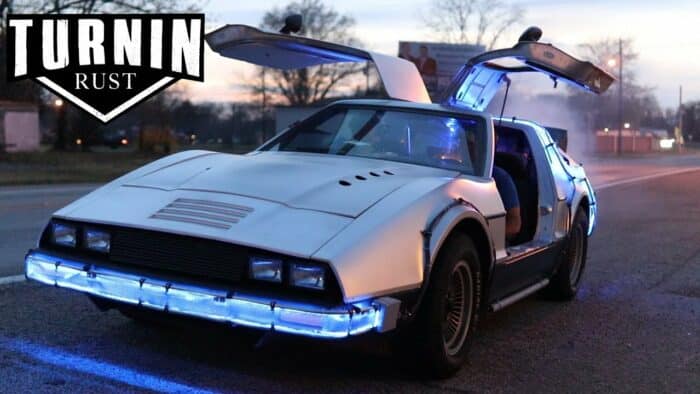
Why Use Detailed Vehicle History to Check Bricklin?
At Detailed Vehicle History, we go beyond basic safety notices. A vehicle history report can reveal detailed specs, the past owners, title check, lien/loan records, and more. We help classic car buyers and sellers verify authenticity, spot red flags, and assess true value. Run your Bricklin vehicle history report by VIN check now to drive with confidence.
Recall Check For Others Manufacturers
FAQ about Bricklin Recalls Check
Why did the Bricklin car fail?
The Bricklin SV-1 failed due to a combination of engineering issues, production delays, and high costs. Safety features like acrylic/fiberglass panels and gull-wing doors were innovative but plagued with defects, leading to reliability problems. Combined with supplier shortages and economic pressures, the company went bankrupt in 1976. For current owners, checking its recall history can reveal critical safety concerns.
What was the problem with the Bricklin SV-1?
The downfall of the Bricklin SV-1 was attributed to persistent quality control issues\, favoritism in hiring, a shortage of suppliers, frequent worker absences, and steep price hikes that caused the Bricklin SV-1 cost to more than double in two years, resulting in the production ending with just under 3,000 cars built.
Which car company has the highest recalls?
In 2025, Ford has recorded the highest number of recalls, with 94 notices issued so far, affecting more than 5.6 million vehicles, according to data from the NHTSA. These figures reflect recalls reported between January 2024 and March 2025.
How many Bricklins are made?
Between 1974 and 1976, only 2,854 Bricklin SV-1 cars were produced before the company went bankrupt, with an estimated 1,700 Bricklin surviving as of 2012. Though the firm had aimed for greater volumes, mounting difficulties capped production at fewer than 3,000 units
What was one of the first problems that Bricklin ran into when building his prototype?
The Bricklin SV-1 faced major hurdles from the start. Its acrylic-fiberglass panels bonded poorly, leaving flawed finishes and wasted materials. Many customers rejected delivery due to quality issues. Meanwhile, the signature gull-wing doors proved dangerous. With no manual backup, they relied solely on electricity, risking entrapment if the system failed or during a rollover. These combined issues hurt both the car’s reputation and hampered the company’s ability to deliver reliable vehicles.
Is a Bricklin the same as a DeLorean?
No. The Bricklin SV-1 and DeLorean DMC-12 are often compared due to their gullwing doors and failed companies, but they were distinct. The Canadian-built Bricklin SV-1 stressed safety, with acrylic/fiberglass panels and a front-mounted V8. In contrast, the DeLorean DMC-12, produced in Northern Ireland, used stainless steel, a rear-mounted V6, and a Lotus-inspired chassis. While the Bricklin disappeared after just 3,000 cars, the DeLorean achieved enduring fame, cemented by its starring role in Back to the Future.
Are Bricklins rare?
The Bricklin SV-1 is considered rare, with only 2,854 Bricklin SV-1 cars produced between 1974 and 1975 before the company went bankrupt, with an estimated 1,700 Bricklin surviving as of 2012. Still, the SV-1 holds significance as Canada’s only mass-produced sports car, admired for its unique safety-oriented design and distinctive gullwing doors, which made it stand out among 1970s vehicles.

